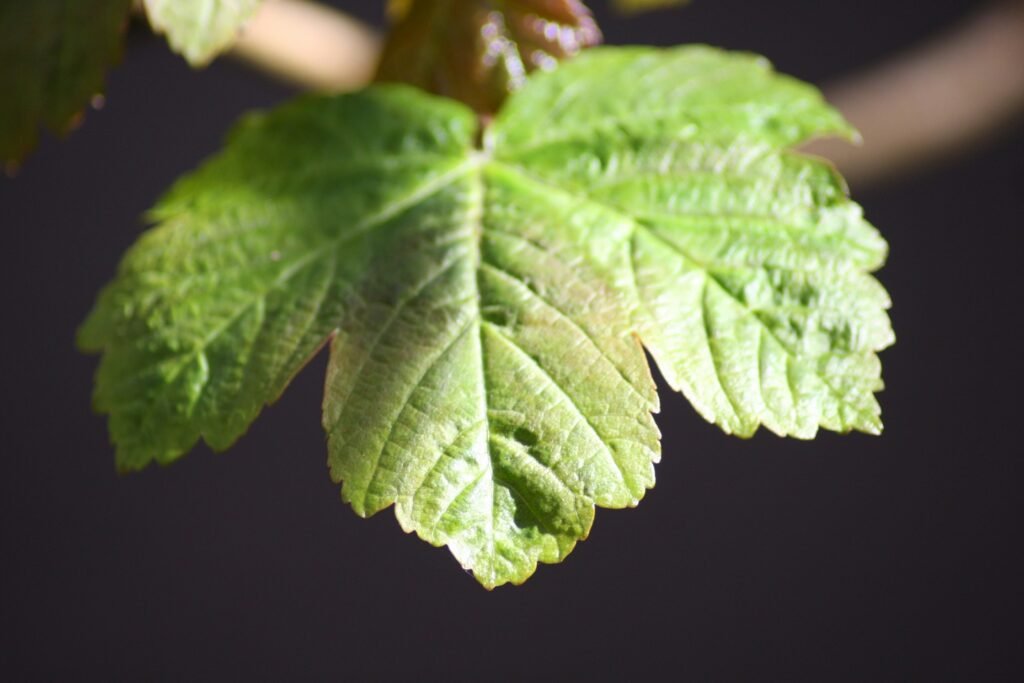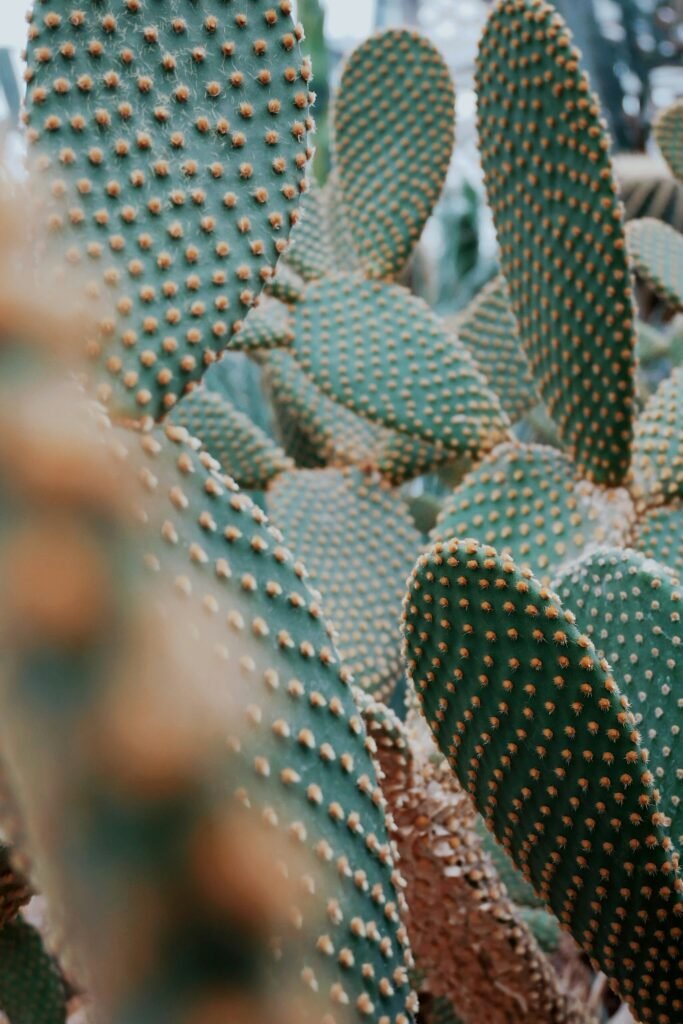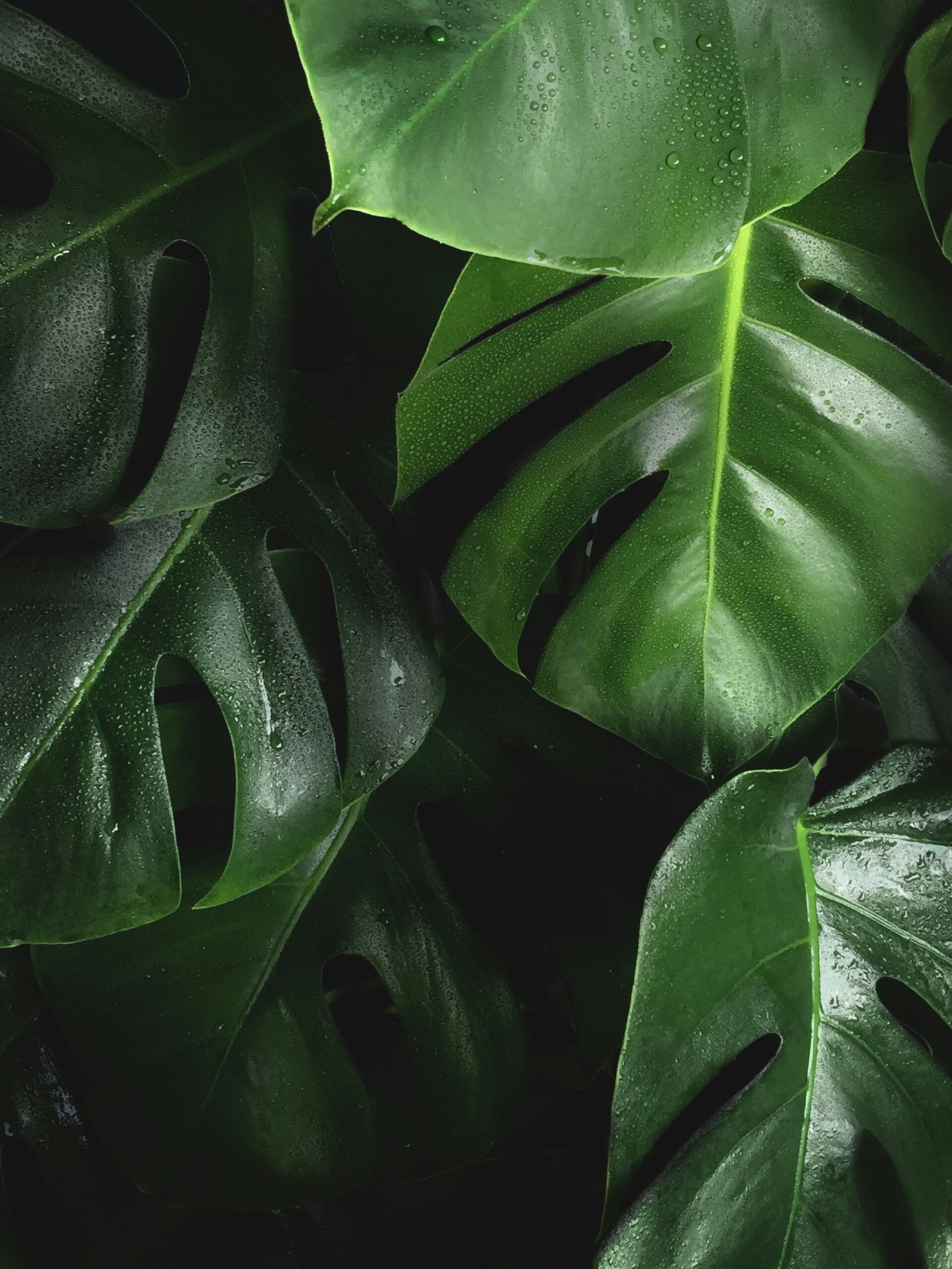Expert Advice for Artificial Plant Maintenance
Maintaining artificial plants can be a breeze with some expert advice. Whether you’re a seasoned plant enthusiast or just starting out with artificial greenery, this article will provide you with the best practices for caring for your artificial plants. From dusting and cleaning to ensuring the longevity of your plants, these tips and tricks will help you keep your artificial plants looking fresh and vibrant for years to come. So, get ready to enhance the beauty of your space without the hassle of constant watering and sunlight requirements!

This image is property of images.unsplash.com.
Choosing the Right Artificial Plant
When it comes to choosing the right artificial plant, there are a few factors to consider. First and foremost, think about the space where you plan to place the plant. Is it a small corner in your living room or a large open area in your office? The size and scale of the artificial plant should correspond to the size of the space. Additionally, think about the style and aesthetic you want to achieve. Do you prefer a lush green foliage or vibrant colorful flowers? Consider the overall decor and ambiance of the room to ensure the artificial plant complements the existing elements.
Another important aspect to consider is the purpose of the artificial plant. Are you using it solely for decorative purposes, or do you want it to serve a functional role as well? Artificial plants can be great for adding a touch of nature to a space, but they can also be utilized to create privacy or act as a room divider. Determine what you want to achieve with the plant and select one that fits your needs.
Finally, select an artificial plant made from high-quality materials. This will ensure that the plant looks realistic and lasts for a long time. Look for plants made from durable and fade-resistant materials. Pay attention to details such as the color and texture of the leaves and flowers. By choosing a high-quality artificial plant, you can enjoy its beauty and longevity for years to come.
Cleaning Techniques
To keep your artificial plant looking fresh and vibrant, regular cleaning is necessary. Dusting is a simple yet effective way to maintain the appearance of the plant. Use a soft cloth or a feather duster to gently remove any dust that accumulates on the leaves and flowers. Be careful not to apply too much pressure, as this can damage the delicate parts of the plant.
For a more thorough cleaning, wiping the plant with a damp cloth can help remove any dirt or stains. Fill a basin with water and add a small amount of mild soap. Dip the cloth in the soapy water and gently wipe the leaves and flowers. Rinse the cloth with clean water and wipe away any soap residue. Allow the plant to air dry or use a hairdryer on a cool setting to speed up the drying process.
In case your artificial plant gets stained, it is important to remove the stains carefully. Start by blotting the stain with a clean cloth or sponge. Avoid rubbing the stain, as this can cause it to spread and become more difficult to remove. Depending on the type of stain, you can use a mild soap solution or a stain remover specifically made for artificial plants. Always test any cleaning product on a small, inconspicuous area of the plant before applying it to the entire surface.
Preventing Fading and Discoloration
One of the challenges of artificial plants is the risk of fading and discoloration over time. To prevent this, it is important to take certain precautions. Avoid placing your artificial plant in direct sunlight, as excessive exposure to UV rays can cause the colors to fade. If possible, position the plant in a shaded area or use curtains or blinds to filter the sunlight.
Another helpful tip is to rotate the plant periodically. By doing so, you allow each side of the plant to receive an equal amount of light exposure, resulting in more uniform fading if it occurs. This simple step can significantly prolong the lifespan of your artificial plant.
Additionally, consider using a UV protection spray specifically designed for artificial plants. These sprays create a protective barrier that helps shield the plant from harmful UV rays. Follow the instructions on the spray bottle and apply it evenly across the surface of the plant. This extra layer of protection can help maintain the vibrancy of your artificial plant for a longer period.
Maintaining Realistic Appearance
The key to keeping your artificial plant looking realistic is in the details. Start by arranging the foliage in a natural and organic manner. Take some time to fluff and adjust the leaves and branches, mimicking the way they would naturally grow. This will create a more lifelike and visually appealing appearance.
Another important aspect of maintaining a realistic look is trimming overgrown branches. As artificial plants don’t grow, it is important to keep their size and shape in check. Use a pair of pruning shears or sharp scissors to trim any long or unruly branches. Be careful not to cut too much, as this can create an uneven or unnatural look. Gradually trim the branches in small increments to achieve the desired shape and size.
If you want to enhance the foliage of your artificial plant, consider using artificial foliage enhancers. These products are specifically designed to give your plant a more vibrant and realistic appearance. They can be sprayed directly onto the leaves and flowers, adding shine, depth, and texture. Follow the instructions provided by the manufacturer and apply the enhancer sparingly to avoid an artificial or glossy look.

This image is property of images.unsplash.com.
Dealing with Odors
Artificial plants can sometimes develop unpleasant odors, especially if they are kept in closed spaces with limited airflow. To eliminate these odors, there are a few simple techniques you can try. First, allow the plant to air out by placing it outside or in a well-ventilated area for a few hours. This will help dissipate any trapped odors and freshen up the plant.
If the odor persists, sprinkle some baking soda on the leaves and flowers. Baking soda is known for its ability to absorb and neutralize odors. Leave it on the plant for a few hours or overnight, then gently brush it off with a soft cloth. This should help eliminate any lingering smells.
Alternatively, you can use odor-neutralizing sprays designed specifically for artificial plants. These sprays are formulated to eliminate odors and leave a fresh scent without damaging the foliage. Follow the instructions provided and spray the plant evenly from a distance. Allow it to air dry before returning the plant to its original location.
Preventing Damage
To ensure the longevity of your artificial plant, it is important to prevent any potential damage. One of the primary ways to do this is by avoiding water contact. Unlike real plants, artificial ones do not need to be watered. Excessive moisture can cause the colors to fade, the fabric to deteriorate, or even promote the growth of mold or mildew. If you accidentally spill water on your artificial plant, gently pat it dry with a clean cloth and allow it to air dry completely.
If you have pets, it is also important to protect your artificial plant from their curiosity or playful nature. Cats, in particular, may be tempted to chew or play with the leaves, which can damage the plant. Place the plant in a location that is not easily accessible to pets or consider using a protective barrier, such as a plant stand or a decorative enclosure. This will ensure that your artificial plant remains in pristine condition and free from any pet-related damages.
Lastly, secure the plant properly in its designated location. Artificial plants can be lightweight and easily knocked over or moved by strong gusts of wind. Use plant stands, decorative pots, or sturdy anchors to keep the plant in place. By taking these preventative measures, you can keep your artificial plant safe from any accidental damage.

This image is property of images.unsplash.com.
Long-Term Storage
If you need to store your artificial plant for an extended period, it is essential to follow a few steps to ensure its preservation. Start by cleaning the plant thoroughly to remove any dust or dirt that may have accumulated. Use a combination of dusting and wiping techniques mentioned earlier to achieve a clean surface.
If possible, disassemble the plant into smaller parts for easier storage. Remove any detachable branches or flowers and carefully pack them in a separate container. This will help prevent any breakage or damage to delicate parts during the storage process.
When it comes to storing the plant, choose a cool and dry place away from direct sunlight. Basements, attics, or closets are good options for long-term storage. Avoid areas with extreme temperatures or humidity, as this can deteriorate the materials of the plant. If you are storing the plant in a bag or a box, make sure there is enough space to avoid crushing or bending any parts.
Reviving a Neglected Plant
If you have neglected your artificial plant and it has accumulated a significant amount of dust or dirt, it’s not too late to give it a fresh start. Start by dusting the plant thoroughly using a soft cloth or a feather duster. Pay extra attention to the hard-to-reach areas such as the crevices between the leaves and branches.
To revitalize the foliage, use a hairdryer on a cool setting to blow away any remaining dust or dirt. Hold the dryer a few inches away from the plant and use sweeping motions to ensure even coverage. This will help fluff up the leaves and give the plant a revitalized appearance.
If the branches and stems have become misaligned or shifted, take some time to reposition them. Gently bend the branches and stems to their original positions, following the natural direction of growth. This will help restore the plant’s natural shape and form. Be patient and make adjustments gradually to avoid putting excessive strain on the parts.
Replacing Worn Out Parts
Over time, certain components of your artificial plant may become damaged or worn out. This can include leaves that have lost their color, flowers that have become frayed, or branches that have snapped. Fortunately, replacing these parts is relatively easy and can give your plant a fresh and rejuvenated look.
Start by identifying the damaged components. Inspect the plant carefully and make note of any parts that need to be replaced. Take measurements or pictures if necessary to ensure you get the correct size and shape of the replacements.
Next, source the replacement parts. Many artificial plant manufacturers offer spare parts that can be purchased separately. Check their website or contact their customer service to inquire about the availability of the specific parts you need. Alternatively, you can check local craft stores or online marketplaces that specialize in artificial plants and accessories.
Once you have obtained the replacement parts, carefully remove the damaged components and replace them with the new ones. Follow any instructions provided by the manufacturer to ensure a proper fit and secure attachment. Take your time during this process to ensure that the new parts blend seamlessly with the existing ones.
Expert Tips for Specific Plant Types
While the general care and maintenance guidelines apply to most artificial plants, there are some specific tips for certain plant types:
-
Maintaining Artificial Silk Plants: Silk plants require extra care to maintain their natural shine and softness. Periodically mist them with water using a spray bottle to keep the fabric hydrated and supple. Avoid using any cleaning solutions or harsh chemicals, as they can damage the silk fibers.
-
Taking Care of Artificial Succulents: Dusting and wiping techniques work well for artificial succulents. However, since these plants have unique textures and shapes, using a soft-bristle brush or a toothbrush can help remove dust from the crevices and hard-to-reach areas. Be gentle to avoid damaging any delicate parts.
-
Caring for Artificial Trees: Artificial trees often have a more complex structure with multiple branches and layers. When cleaning these trees, start from the top and work your way down, ensuring each branch and leaf is thoroughly cleaned. Use a step ladder or a sturdy support to reach the higher parts of the tree safely.
By following these expert tips, you can ensure that specific plant types receive the care they need, resulting in a prolonged lifespan and a realistic appearance.
In conclusion, proper care and maintenance are essential for keeping your artificial plants looking exquisite and realistic. From selecting the right plant to implementing cleaning techniques and preventing damage, following these guidelines will help you enjoy the beauty of your artificial plants for years to come. With a little effort and attention to detail, you can make your artificial plants a vibrant and lasting part of your interior decor. Happy plant care!



